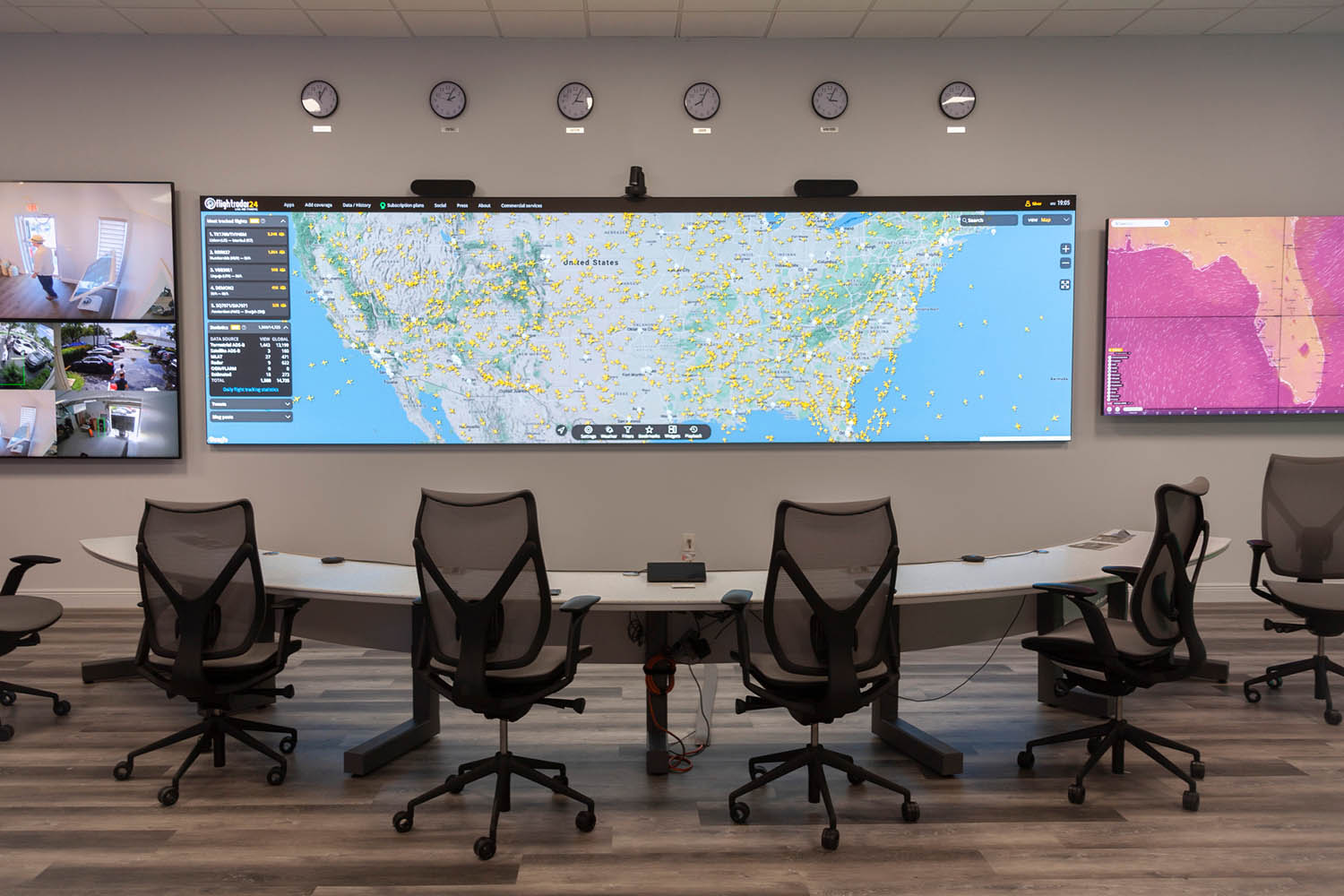Harmonizing Legacy Platforms with Advanced Audio Connectivity Solutions for Improved Performance as well as Adaptability.
Harmonizing Legacy Platforms with Advanced Audio Connectivity Solutions for Improved Performance as well as Adaptability.
Blog Article
In today's rapidly evolving landscape of audio technology, the requirement to enhance performance and flexibility in audio solutions is more important than ever before. Numerous organizations and venues still rely on outdated systems, which are antiquated technologies that may not have the capabilities of contemporary equipment. However, harmonizing these legacy technologies with cutting-edge sound communication solutions can lead to substantial improvements. Sound communication allows for improved interconnectivity between devices, making it easier to manage and manage audio throughout various areas.
A of the primary benefits of combining legacy systems with contemporary sound communication is increased adaptability. Conventional audio technologies often involve complicated wiring and restricted routing options. With audio communication technologies like Dante or AVB, audio transmissions can be sent over conventional Ethernet connections. This implies that users can easily connect various devices without the need for extensive rewiring. Regardless in a concert venue, a school auditorium, or a business event, this adaptability allows for rapid adjustments and changes to the audio setup without major delays.
Performance is a further major element that enhances when older technologies are upgraded with up-to-date communication technologies. Legacy systems may have difficulty to deliver superior audio, especially in bigger venues or during challenging events. By implementing sound networking, organizations can leverage of sophisticated capabilities such as low latency, timing, and digital signal management. These improvements assist ensure that sound is distinct and uniform, enhancing the overall experience for audiences and artists alike. This shift can make a marked impact in the way sound is experienced in various environments.
Moreover, harmonizing outdated technologies with modern solutions can lead to financial savings in the extended run. While modernizing to novel equipment may require an initial investment, the efficiency gained through audio communication can lower maintenance expenses and decrease the requirement for ongoing repairs. Additionally, connected technologies often need fewer physical space than conventional setups, which can save on property browse this site costs in locations. Organizations can allocate resources better efficiently, using the savings they save to invest in additional critical fields.
Lastly, training staff on the method to use integrated technologies becomes easier with audio networking. Many contemporary audio communication systems come with user-friendly interfaces and distant control capabilities. This indicates that including those who may not extensive technological expertise can learn to operate and control the audio systems effectively. Training initiatives can be designed around these solutions, enabling staff to manage and troubleshoot systems with assurance. By blending the old with the modern, organizations can create a more capable and skilled team, in the end leading to better sound outcomes for all involved.